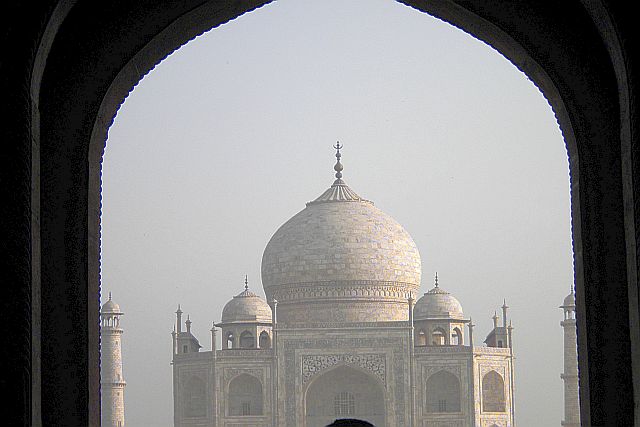 |
| Trenitalia's high speed Frecciarossa set to depart (wikipedia) |
One of the greatest innovations the
cruise industry has given to contemporary travel is the concept of using the
ship as your hotel so guests have only to unpack and pack just once. Using that
basic idea, savvy, independent travelers are discovering that basing themselves
in one or two primary locations and doing day trips rather than opting for the
old “if-it’s-Tuesday-it-must-be-Belgium” itineraries is a better way to explore
Europe.
Modern high speed rail travel in many
countries now allows the flexibility of using a rail pass to visit nearby
destinations without the inconvenience of changing hotels every night.
 |
| Ferrari inspiration from Italo (wikipedia) |
Throughout Europe ,
high speed trains have changed the dynamics of travel unlike any other form of
transportation in recent memory. On trips of approximately 3 ½ hours or less,
it is faster to go by train than plane and with infinitely less hassle while
usually departing and arriving in a city center.
 |
| Sunset in Positano on the Amalfi Coast (wikipedia) |
By contrast, Italo’s high speed trains
are slightly faster traveling up to 220 mph.
Regardless of the speed however, it is
the time savings that count, with connections between Rome
and Florence at approximately 1:15 to 1:25 and
similar times between Rome and Naples
Catch a morning train from Rome to Florence , spend a
full day in the city of Michelangelo and return to
the Eternal City
Equally accessible from Rome
are Orvieto, the Cinque Terra, Pisa , Milan , Turin , Bologna , Padua and Venice
 |
| Roman ruins at the Baths of Caracalla (Taylor) |
Despite the convenience of high speed
trains in Italy and other
countries in Europe , it does not mean that
travelers should not take time to plan wisely when they are designing their
itineraries.
 |
| Time has a different schedule in the Amalfi Coast (Taylor) |
 |
| Italo interior (wikipedia) |
It is important to remember that there
are also discounts for travelers under 26 and for small groups of 2 to 5 people
if they are traveling together. Up to 2 children from the ages 4-11 can ride free
with each adult traveler.
Perhaps the most overlooked aspect of
using a rail pass however is the bonuses. Depending on the country, bonuses
sometimes include free transportation on ships or ferries, discounts for other
transportation services and, as in Switzerland
with a Swiss Travel Pass
Rail passes and high speed trains allow
greater independence for adventurous travelers. If it’s raining in Rome , that might be the day to head out to Florence
Orvieto is one of the best kept secrets
in Italy Europe . Today, the former Etruscan
city features quiet tree-lined streets, quaint shops, an impressive cathedral
and medieval underground excavations.
 |
| Orvieto's cathedral dominates the surroundings (wikipedia) |
The city became a major cultural center
in the 13th century when Thomas Aquinas taught there before going to
Rome
 |
| Orvieto's streets (Taylor) |
Orvieto is just one example of the
freedom and independence that regular and high speed rail services provide to
save time, energy and money to turn an ordinary holiday into the memory of a
lifetime.
Be it Italy’s Italos or Trenitalia’s trio,
the famed French TGVs, Germany’s magnificent ICEs, the Channel Tunnel’s
Eurostar, the Big Red Thalys or other fast trains in Sweden and Spain.
Japan Europe perfected them. Today traveling
through Italy
 |
| Italo departs Rome to new adventures (wikipedia) |


























